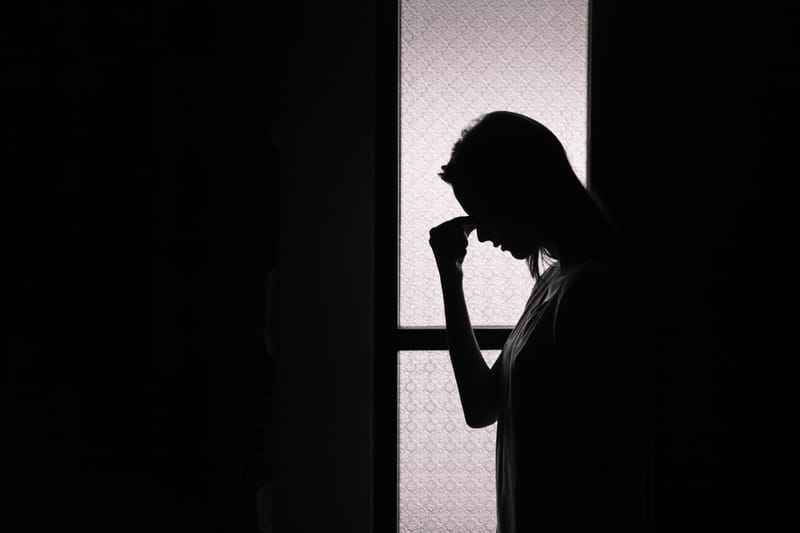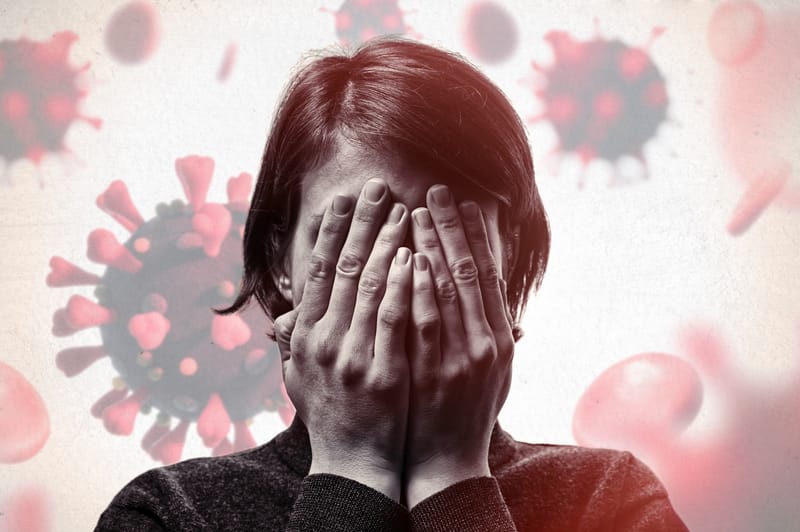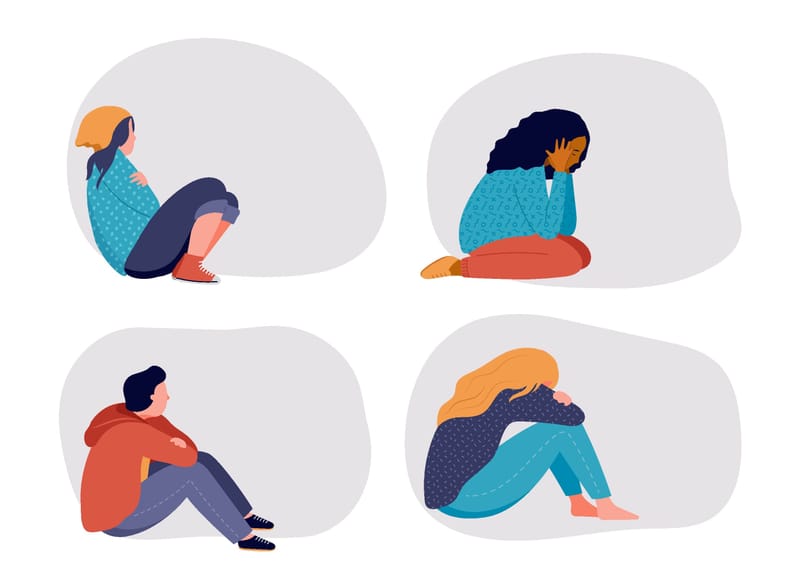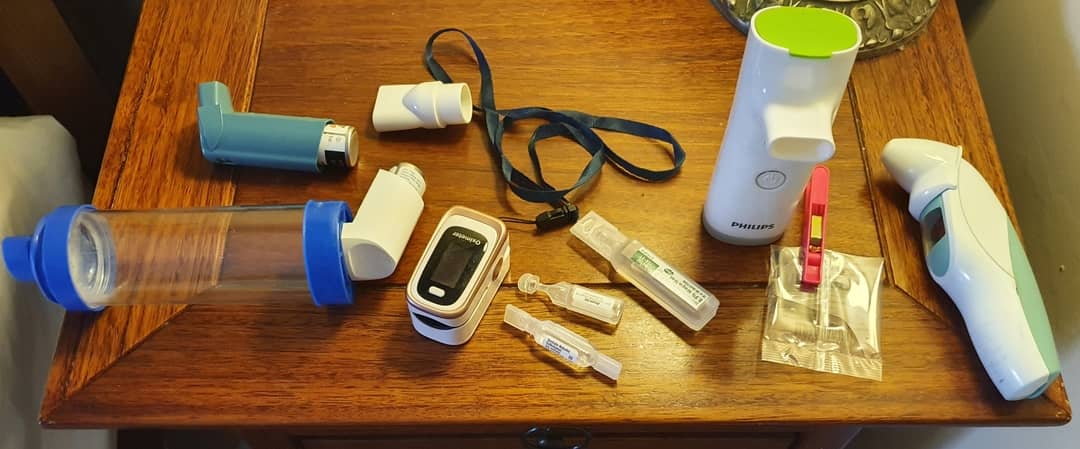
Our politicians and public health officials this year moved us all into a “living with COVID” phase; the pandemic takes up less space in our news headlines, people are returning to their offices, and the schools are open again.
Despite this relative sense of calm, there are reasons to remain cautious, with case numbers expected to double as an even more infectious variant takes hold in NSW and Victoria.
The majority of cases of the new BA.2 “stealth” Omicron variant will likely not result in serious detrimental health outcomes or death; however, the risks are higher for many of the 47% of Australians living with complex, chronic and multiple health conditions.
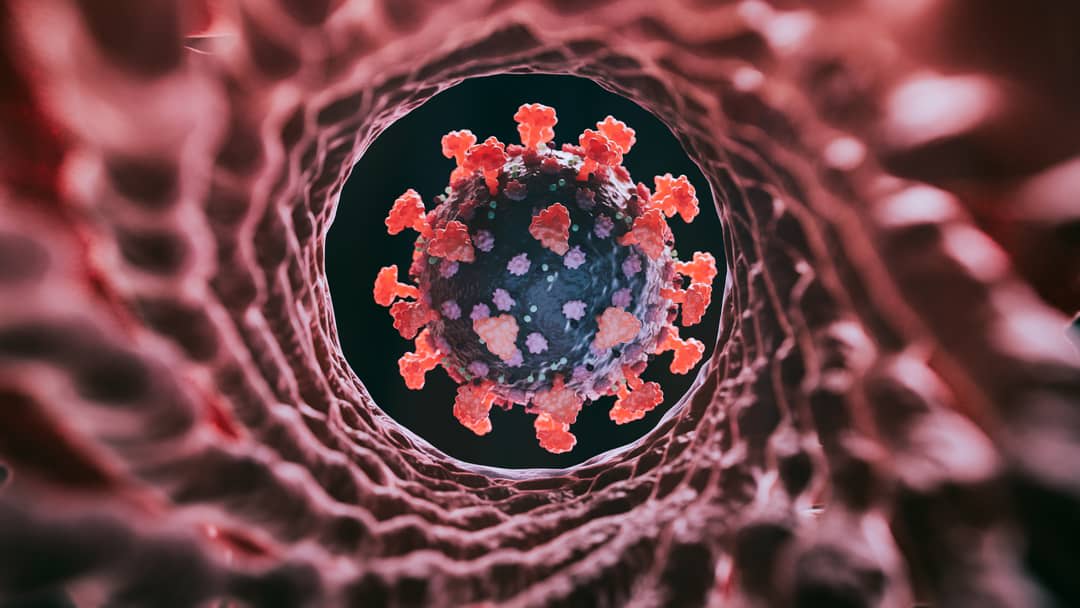
This is especially concerning for those who are identified within the Australian Technical Advisory Group on Immunisation (ATAGI) groups at greater risk, such as Aboriginal and Torres Strait Islander peoples, people over 70, those with particular medical conditions affecting their immunity or lung health, and those taking certain medications.
I’m one of those people, living with scarring in my lungs from childhood influenza, asthma, and low immunity from a congenital deficiency in one of my gamma globulins.
It’s not all bad news
We’re more than two years into this pandemic now, and in addition to the vaccines and treatments available for COVID-19, we’ve also developed some excellent models of public health screening and care that never previously existed.
My experience of being treated at home for COVID has been a profoundly eye-opening experience. While we have gaps through which any of us could fall as the hospital crisis re-intensifies with the BA.2 Omicron variant wave, we also have brilliant people and processes that have come from nowhere to become leading lights in our health system.
My husband tested positive on a RAT while we were away camping in January during the first Omicron wave. We spent a few tense hours dismantling our campsite, followed by a nine-hour trip home in which we all wore masks and turned our faces to the open car windows as my husband’s symptoms escalated and his health deteriorated.
Despite isolating him at home, my kids and I became unwell. We exchanged terrified glances, knowing my chronic lung disease and impaired immune system placed me at high risk of serious disease, and the ambulance, pathology and hospital systems were already overburdened.
Would we be able to get tested? Would I have access to a hospital if my breathing deteriorated? Would I even survive?
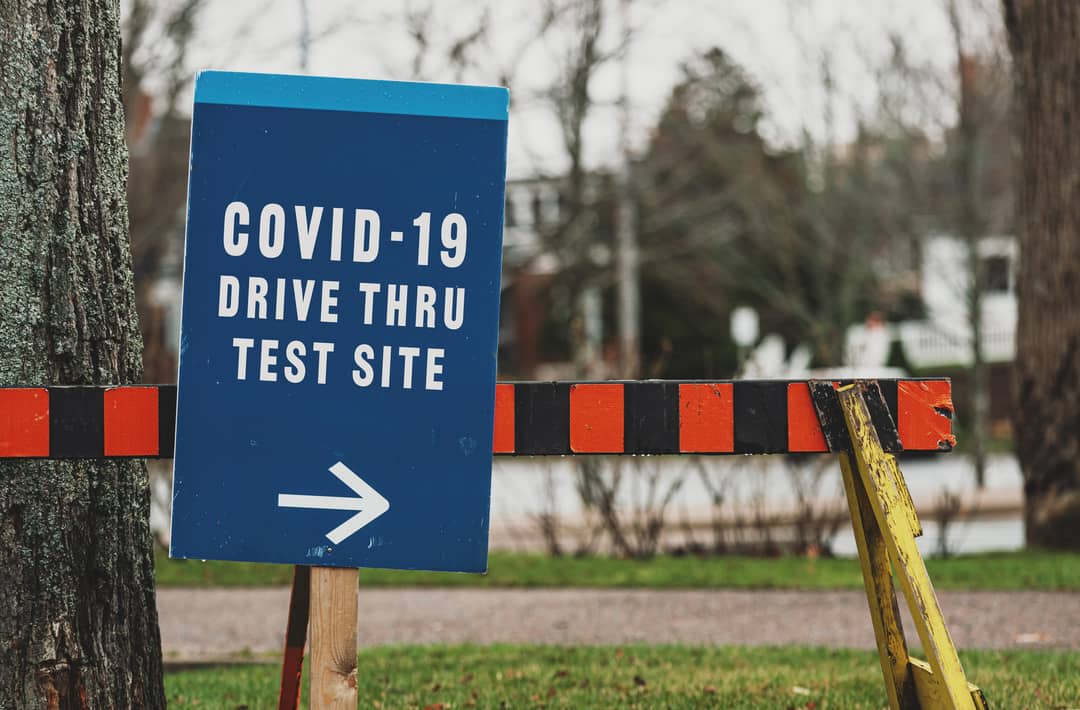
Our nearest drive-through public testing site was a marvel of choreography, with security guards and nurses swiftly triaging cars to the PCR queue. It’s striking how drive-through, which used to be just for high fat and carbs, has rapidly become an efficient part of our health system. We returned home less than an hour after we had left, and received our positive results less than 24 hours later.
But it wasn’t all smooth sailing. My GP was closed for the weekend, and other clinics that hold my records advised we were unable to access telehealth from a GP who had not seen us face-to-face in the previous 12 months.
It was no small irony that, having spent 24 months staying at home to protect my vulnerable health, and as the Prime Minister was telling us to rely on our GPs rather than hospitals, I was suddenly prevented from accessing a GP when I most needed one.
We also saw the online system struggling under a clear surge in demand. When DHS surveyed the family by text message regarding our symptoms and underlying health, I was advised that, due to my health conditions, I would shortly be contacted by the COVID Positive Pathways team. But that never came – I later discovered that I was “lost” in the system.
So, there I was with deteriorating health and no support available until my Monday afternoon GP appointment. I lay in bed reading the clinicians’ notes and public health criteria for access to COVID treatments and worried: Was I eligible? Monday would be day three, and I needed treatment by day five to improve the odds for my battle-scarred lungs.
This story has a happy ending
My determined GP set about doing everything to have me placed back into the system and referred for one of the new treatments and, by Tuesday morning, the cavalry arrived.
A barrage of phone calls came from nurses and doctors who assessed my symptoms, logged my health summary, and screened my eligibility for treatment. Four hours after the phone calls began, I was in a clinic and receiving an infusion of monoclonal antibodies.
In Victoria, the way COVID patients are cared for at home is as follows.
Each day of my illness, I entered online information about my symptoms, such as blood oxygen levels, pulse rate, and recordings of me attempting to count to 30.
We have heard so much about the stretched and stressed health system and the burden on medical professionals, but it’s really important that we also hear about how absolutely marvellous the system can be.
Soon after logging these, a nurse phoned to discuss the symptoms and triggers for hospital, if necessary. As I deteriorated, I received more frequent phone monitoring and was escalated to treating doctors for medication review and prescriptions, sent to my phone, which I forwarded to the pharmacy that delivered medication within three hours.
The seamless coordination of all this without doubt kept me out of the hospital system and improved my chances of a full recovery.
I never felt better cared for, despite not having set foot in a hospital or clinic.
But there was a certain amount of luck involved in achieving this.
At crucial points, I had to advocate strongly for my own access to treatment ,and I had the support of a GP as well as a Pathways member.
Would everyone be so lucky? What about those with difficulties in communicating? Without stable internet or a doctor pushing for treatment access? Without the means and energy to read health policy and clinical guidelines from their sick bed?
If we can close these gaps, we should permanently reconfigure our health system from one designed to care for people in institutions to one that tries above all to keep them out.
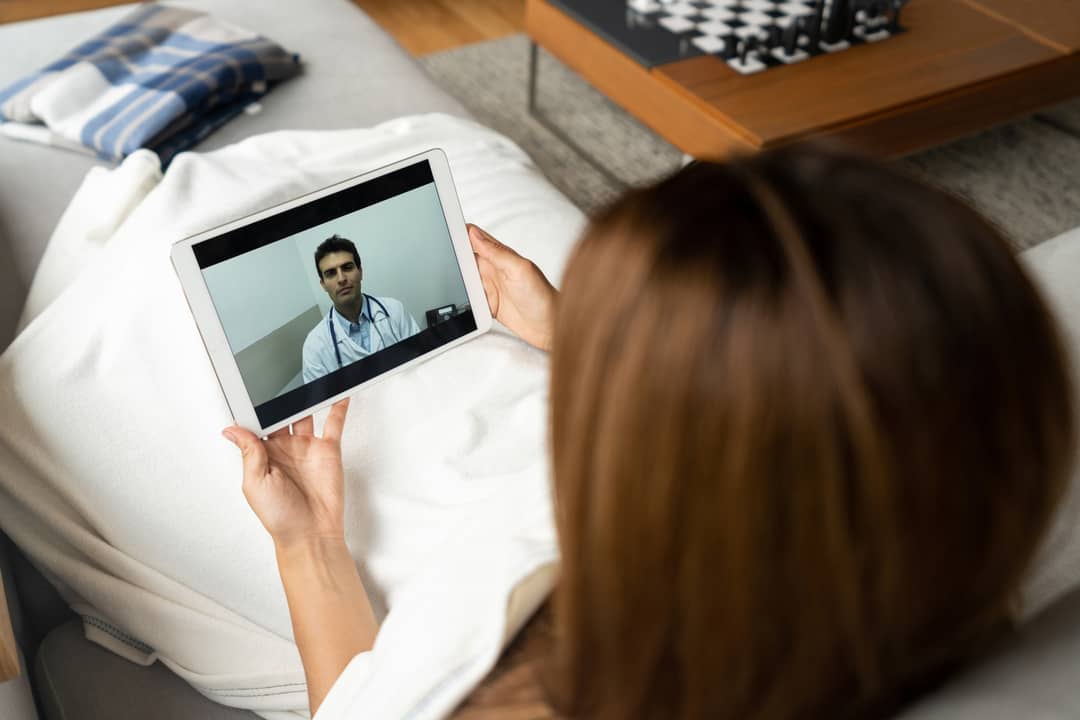
I have been hospitalised on so many occasions, but this time, due to free and efficient drive-through screening, telehealth and online monitoring and prescriptions, I have been kept out of hospital, freeing up those beds for sicker people needing more intensive treatment.
We’ve heard so much about the stretched and stressed health system and the burden on medical professionals, but it’s really important that we also hear about how absolutely marvellous the system can be.
As another Omicron wave approaches, we also need to hold tight to the incredible models of care that have been invented in the face of overwhelming necessity and pressure.
If caring for patients over their phones and in their cars and homes became a permanent feature of the healthcare system, we could avert future Code Brown emergencies in our public hospitals in the months and years to come.
We must celebrate and protect all that our public health system, and the incredible workers who make up that system, do to keep us safe.



